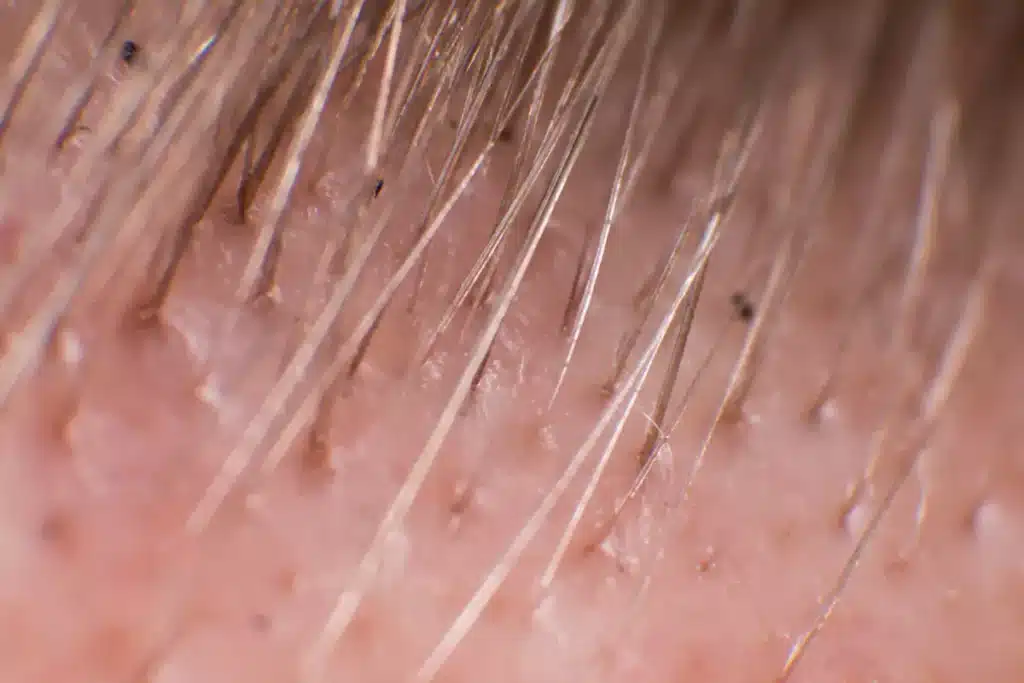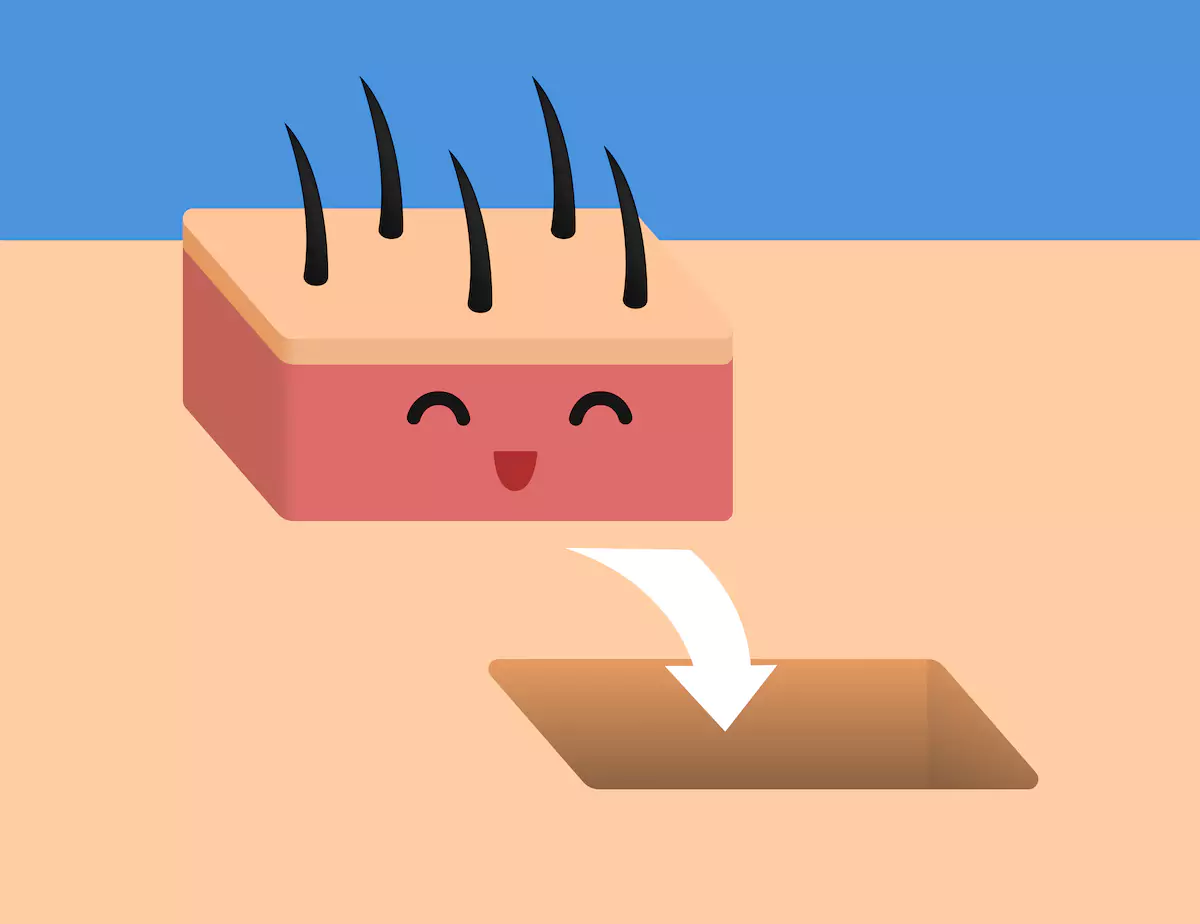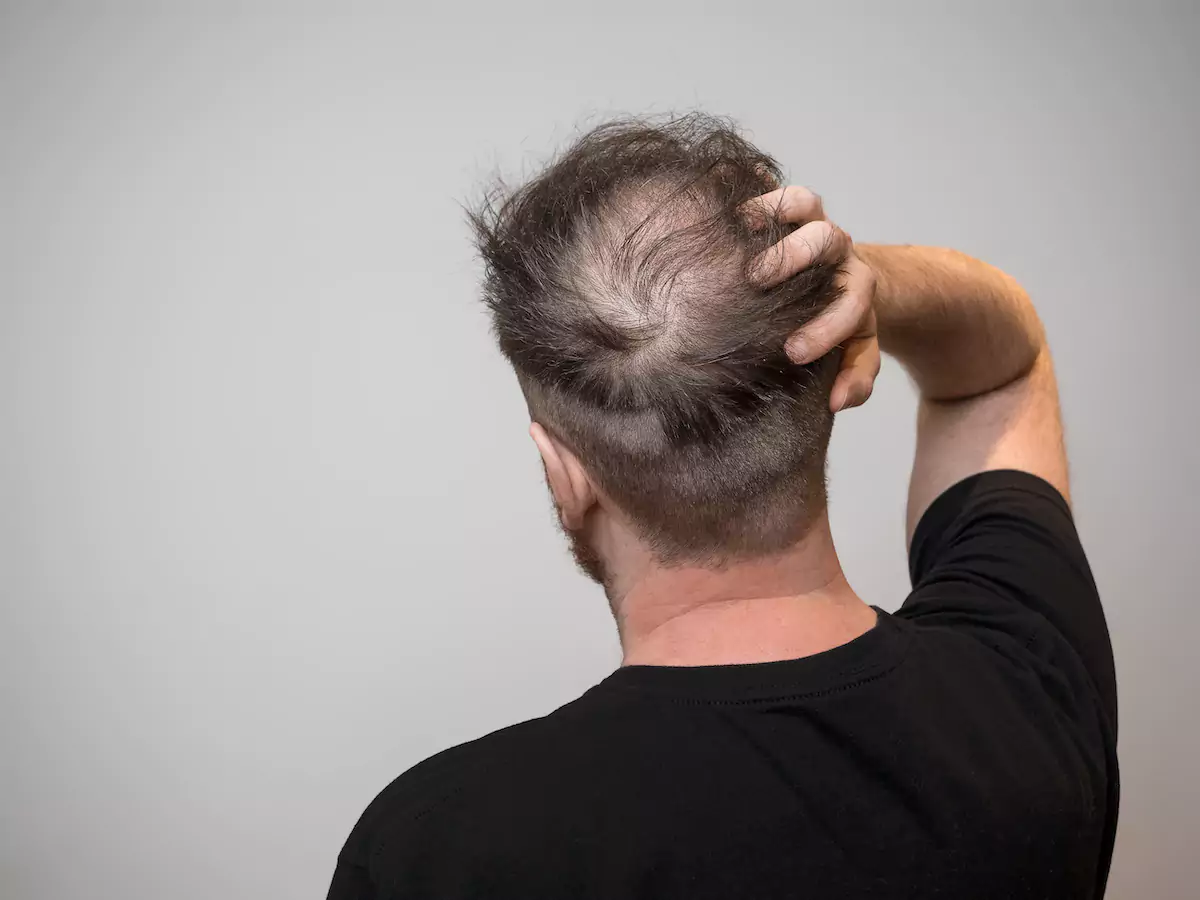According to market research, there is a continuous rise in the popularity of hair transplants. Since the introduction of hair plugs in 1959, the procedure has been revolutionized. There are now a variety of options available for permanent hair replacements.
Surgical hair restoration is known as an effective solution for male or female pattern baldness. However, there is still a lot of uncertainty surrounding the procedure. One of the most frequently asked questions remains: Is a hair transplant permanent?
It’s natural to wonder if the treatment is effective and permanent. The answer to whether it is permanent is a resounding yes for most people. In this article, we will take a deeper look into the advanced methods of hair transplants and what helps to make hair transplants last a lifetime.
What Is A Hair Transplant?
Hair transplantation is a surgical procedure. Surgeons transplant hair follicles from the donor area of the scalp (the back and sides) to the balding or thinning areas. It primarily treats androgenetic alopecia or male or female pattern baldness.
There are two main techniques for hair transplantation:
Follicular Unit Transplantation (FUT)
The FUT technique involves taking a strip of skin with hair follicles from the donor area. It is then sectioned and the removed grafts are transplanted to areas where hair is thinning. The strip contains many follicular units, ranging from hundreds to thousands.

These follicular units typically consist of 1-4 hairs. The FUT technique allows the surgeon to transplant many grafts in one session. However, removing the strip does leave a very visible linear scar in the donor area.
Follicular Unit Extraction (FUE)
In a FUE hair transplant, surgeons extract individual hair follicles from the scalp and transplant them to the balding areas. To remove each hair unit, they use a micro punch to separate it from the surrounding tissue.
FUE is more advanced than FUT and leaves only very minor scars that are not noticeable. Recovery time is quicker compared to strip harvesting. It is suitable for men and women suffering from pattern baldness wishing to restore lost hair and grow hair permanently.
Both FUT and FUE hair transplants can fix hair loss. However, patients who need a lot of grafts may require multiple procedures, as the donor area should not be overharvested and needs time to heal after a certain amount of grafts have been extracted. Additional sessions may help to restore a fuller head of hair progressively.
What About Hair Plugs and Older Methods?
During the 1990s and before, surgeons used an older technique called hair plugs. This involved transplanting groups of 10-15 hairs in one spot. The results often looked unnatural.
Hair transplantation methods have advanced a lot since then. They now involve transplanting follicular units as they occur naturally in the scalp. This prevents that pluggy look. The latest techniques, like FUE, can create long term very natural-looking results.
Modern hair transplants give permanent results, unlike older procedures like hair plugs, which caused issues such as scar formation which could lead to the total loss of the transplanted hair.
Is A Hair Transplant Permanent?
The follicles that are taken from the donor area are genetically resistant to the hormonal and age-related factors that cause baldness. They retain this characteristic and thus will never fall out once they have taken root in the recipient area. The transplanted follicles continue to grow for a lifetime.

However, it takes time before a hair transplant procedure’s full, permanent results become visible. Here is the general timeline:
- 1-4 months: Transplanted hairs will shed and fall out. The name of this phenomenon is “shock loss” and is completely normal.
- 4-6 months: The follicles enter the anagen (growing) phase. You will notice new hair growth during this time.
- 6-12 months: Rapid growth continues, with around 60-80% of new hair regrown by 12 months.
- 12+ months: The transplanted hair will be fully established and stable. Results at this point are permanent.
What About Further Hair Loss?
Hair transplants can not stop further hair loss or create new resistant follicles. As time passes, the hair around the transplanted follicles can become thinner and fall out, making it look less dense.

Areas between the transplanted grafts may become sparse if the natural balding process continues unchecked. This effect is especially noticeable if the patient already had significant hair loss at the time of transplant. People at advanced Norwood stages may struggle to maintain hair density.
Most surgeons suggest medical therapies after the transplant. This helps to protect the existing hair and slow further thinning. This post-procedure regimen often includes medications like finasteride and minoxidil.
How To Care for A Hair Transplant?
Here are a few ways to properly care for your hair after a transplant:
- Post-operative care: After hair transplant surgery, caring for the new hair follicles is essential. Your surgeon will provide specific guidelines according to your unique situation.
- Taking medication: Studies have shown that Finasteride and Minoxidil can be beneficial for your hair loss, especially after a hair transplant.
- PRP therapy: PRP or platelet rich plasma therapy can help speed up the healing process after a hair transplant. The combination of PRP and a hair transplant can be very beneficial for your hair in the long run.
- Preventative care: To avoid further hair loss, you should avoid smoking as it can lead to further hair loss over time. You should also protect your hair from sun exposure. UV rays can be harmful to newly transplanted hair and skin. You should also try using gentle hair products.
These steps can help preserve your hair after transplant. If you want to know more about hair transplants for your hair type, you can always book a consultation with a healthcare professional.
Conclusion
Hair transplantation can be an effective solution for permanent hair restoration. Hair transplant methods have come a long way in the last twenty years. Surgeons can now use advanced techniques to redistribute hair follicles from one part of the scalp to another.
Unfortunately, hair transplants can not stop hair loss. Therefore, ongoing care is the key to maintaining your original hair and overall health of hair in the long run.
So, is a hair transplant permanent? The final answer is yes. Continuous care and medication can help your hair last a lifetime. If you are considering a hair transplant, you can always look into an affordable hair transplant in Turkey.
ng way in the last twenty years. Surgeons can now use advanced techniques to redistribute hair follicles from one part of the scalp to another.
FAQ
Yes, hair transplants are generally permanent. The transplanted hair follicles are genetically resistant to the hormones causing baldness and will grow for a lifetime once established in the recipient area.
A hair transplant can last a lifetime, as the transplanted follicles retain their genetic resistance to hair loss. However, ongoing care and maintenance are crucial for preserving the overall health of your hair.
The main techniques for hair transplants are Follicular Unit Transplantation (FUT) and Follicular Unit Extraction (FUE). FUT involves removing a skin strip for grafts, while FUE extracts individual follicles, resulting in less scarring and quicker recovery.
After a hair transplant, follow your surgeon’s post-operative guidelines, take prescribed medications like Minoxidil or Finasteride, consider PRP therapy for healing, and protect your hair from UV exposure and harsh products for best results.




